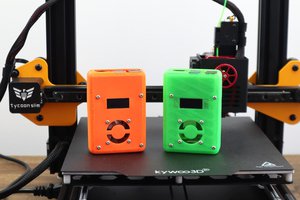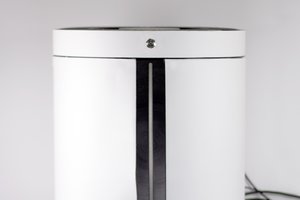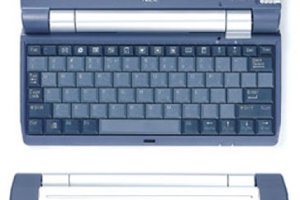The data coming from the FMG sensor and the EMG sensors are used to estimate the pose of the arm. When the elbow is flexed this causes a resistance change of the FMG sensor. When the wrist is flexed this results in an emg signal. Both are measured and transmitted to the PC which displays the estimated pose.
A paper has been published about the 3D printed EMG electrodes:
Wolterink, G.; Dias, P.; Sanders, R.G.P.; Muijzer, F.; Beijnum, B.-J.v.; Veltink, P.; Krijnen, G. Development of Soft sEMG Sensing Structures Using 3D-Printing Technologies. Sensors 2020, 20, 4292. https://doi.org/10.3390/s20154292
The CAD files of the band can be found on Thingiverse: https://www.thingiverse.com/thing:2699263
To refer to the source code for raspberry pi zero, the amplifier design and matlab code to plot the result please use:
M., Schouten, G. Wolterink, E. Pérez, R. Sanders and G. Krijnen, (2021). raspberry-bioamplifier https://doi.org/10.5281/zenodo.5750012
The project is created by: Eric Perez, Martijn Schouten, Gerjan Wolterink and has received funding from the European Union’s Horizon 2020 research and innovation programme under grant agreement No. 688857 (SoftPro)
 Martijn Schouten
Martijn Schouten


 Vojislav Milanovic
Vojislav Milanovic
 Karol
Karol